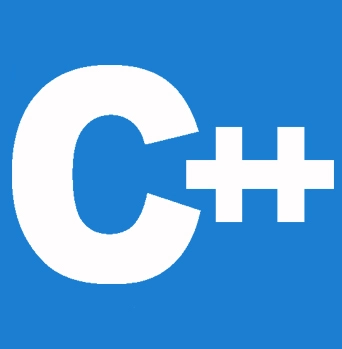


Here, the program discusses the relational operators in C++. These relational operators are used in decision-making and loops.
Relational operators can be defined as the operators which are used to define a relation between some values. These include numerical equality (e.g., 7 = 7) and inequalities (e.g., 4 ≥ 3). There are different types of relational operators and we use them in the decision-making process.
Declare two integer type variables a and b and assign two values to the variables. Declare another Boolean-type variable result to store the result. Check whether the value entered for a is equal to the value entered for b by using the operator ‘ ==’. If true then return a value of 1 otherwise return a value of 0.
Check whether the value entered for a is not equal to the value entered for b by using the operator ‘ !=’. If true then return a value of 1 otherwise return a value of 0.
Check whether the value entered for a is greater than the value entered for b by using the operator ‘ >’. If true then return a value of 1 otherwise return a value of 0.
Check whether the value entered for a is less than the value entered for b by using the operator ‘ <’. If true then return a value of 1 otherwise return a value 0.
Check whether the value entered for a is greater than or equal to the value entered for b by using the operator ‘ >=’. If true then return a value 1 otherwise return a value 0.
Check whether the value entered to a is less than or equal to the value entered for b by using the operator ‘ <=’. If true then return a value 1 otherwise return a value 0.
Display the result on the screen
Step 1: Call the header file iostream.
Step 2: Use the namespace std.
Step 3: Open the integer type main function; int main();
Step 4: Declare two integer variables a and b and assign two values; int a = 3; int b = 5;
Step 5: Declare a variable result to store the status of the result;
Step 6: Check for a == b; return 1 for true and 0 for false;
Step 7: Check for a != b; return 1 for true and 0 for false;
Step 8: Check for a > b; return 1 for true and 0 for false;
Step 9: Check for a < b; return 1 for true and 0 for false;
Step 10: Check for a >= b; return 1 for true and 0 for false;
Step 11: Check for a >= b; return 1 for true and 0 for false;
Step 12: Print the status of the variable result for every operators;
Step 13: Exit;
#include <iostream>
using namespace std;
int main() {
int a, b;
a = 3;
b = 5;
bool result;
result = (a == b); // false
cout << "3 == 5 is " << result << endl;
result = (a != b); // true
cout << "3 != 5 is " << result << endl;
result = a > b; // false
cout << "3 > 5 is " << result << endl;
result = a < b; // true
cout << "3 < 5 is " << result << endl;
result = a >= b; // false
cout << "3 >= 5 is " << result << endl;
result = a <= b; // true
cout << "3 <= 5 is " << result << endl;
return 0;
}
3 == 5 is 0 3 != 5 is 1 3 > 5 is 0 3 < 5 is 1 3 >= 5 is 0 3 <= 5 is 1